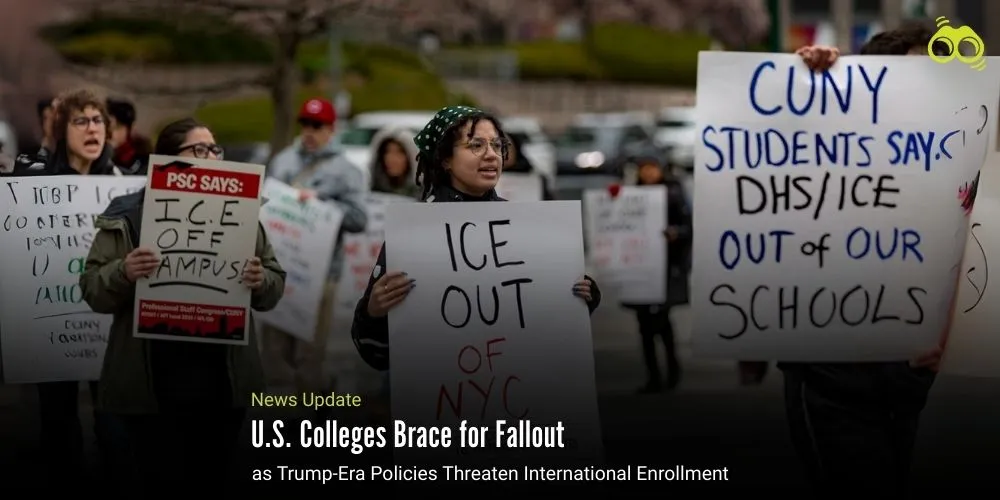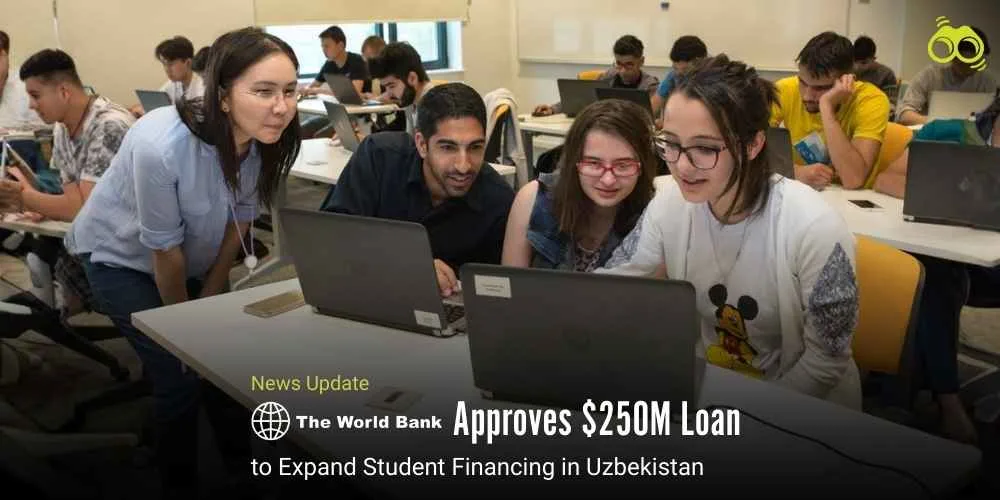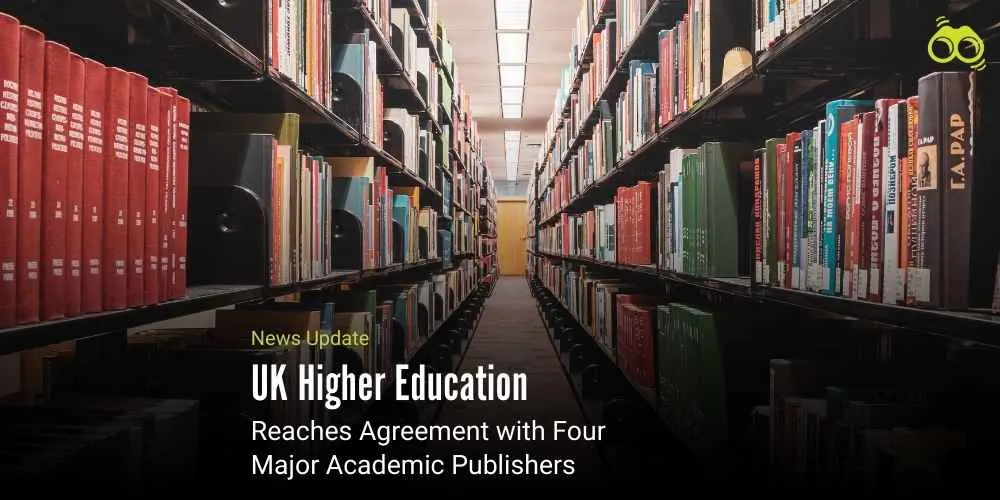International Students Remain Vital to U.S. Institutions Despite Rising Barriers
Stevens Institute Reports Growth Amid Broader Enrolment Concerns
Amid growing uncertainty over international student mobility in the United States, Nariman Farvardin, president of Stevens Institute of Technology, offered a measured assessment of current enrollment trends. Leading a graduate cohort in which nearly two-thirds are international, Farvardin acknowledged concerns about visa denials and the perception of the U.S. as increasingly unwelcoming.
Nevertheless, he remained cautiously optimistic and avoided making definitive predictions. Citing recent data, he pointed to a 35% increase in spring 2025 enrolments, a notable development, as applications closed before the 2024 U.S. presidential election. Early figures for the upcoming autumn cycle also showed a similar 35% rise. While interest from India had stabilised, applications from China, Ghana, and Nigeria were reportedly on the rise. Farvardin further noted that international applications to Stevens had remained robust even during the previous Trump administration.
Stevens Institute of Technology appears well-positioned to maintain international STEM enrolments, due to its strategic location in Hoboken, New Jersey, just across the river from Manhattan and its strong reputation for internships and job placements. With a student body of around 10,000, the institution seems relatively insulated from enrollment volatility. By contrast, smaller, tuition-dependent institutions face growing financial risks. According to Forbes, out of more than 22 U.S. colleges where over a quarter of students are international, only four agreed to comment publicly, possibly due to concerns about exposing their vulnerabilities.
Institutional anxiety has been described as significant. Angel Pérez, CEO of the National Association for College Admission Counselling, remarked that reports of international students facing detentions or deportation threats were creating a climate of fear, which could deter future applicants. Despite these challenges, the U.S. continues to attract large numbers of international students. During the 2023–24 academic year, enrolment reached an all-time high of 1.1 million. Analysts have emphasised that foreign students are financially vital to the nearly 4,000 degree-granting institutions in the country, many of which rely heavily on tuition revenue. A study by the National Association of College and University Business Officers indicated that private colleges offer an average tuition discount of 52%, meaning few domestic students pay the full rate.
Moreover, international students who are ineligible for federal aid and seldom receive institutional scholarships often pay close to the full listed tuition. Larry Ladd, a consultant with the Association of Governing Boards, estimated that while they may comprise between 5% and 40% of enrollment, international students can contribute 10% to 50% of a college's revenue. As a result, many colleges have become increasingly vulnerable to drops in international enrolment. Data suggests that at least 34 institutions enrol 20% or more international students and depend on tuition for over half of their revenue.
Among these, Hult International Business School in Boston enrols about 3,300 students, 70% of whom are international. Similarly, the Rhode Island School of Design (RISD) reports that 38% of its 2,700 students are from overseas. At Menlo College in California, where international students account for 25% of the 875 undergraduates, mostly from Europe and China, any fluctuation in enrollment has a noticeable impact due to the college’s small size. Menlo, which recorded a $3.8 million deficit in 2023 and relies on tuition for 63% of its revenue, received a C– financial grade from Forbes. With an endowment of just $54 million, or roughly $25,000 per student, the institution could cover its expenses for only three months using existing reserves.
Similar concerns have emerged at the Southern California Institute of Architecture in Los Angeles, where over half of the 412 students are international. Vice Director John Enright reported a decline in applications over the past three years, particularly from China, attributing this to concerns about gun violence and safety. He added that political rhetoric, particularly under former President Trump, had exacerbated such worries.
Lincoln University in Oakland, California, has also experienced a significant drop in international enrollment. President Mikhail Brodsky noted that nearly all of its 318 graduate students and a third of its 271 undergraduates come from countries such as India, Nigeria, Nepal, and Thailand. Since the start of the Trump administration, applications from China and Russia have reportedly declined sharply, largely due to difficulties in obtaining U.S. visas. Brodsky stated that students are now less willing to invest in applications amid such uncertainty. Federal data shows that Lincoln is operating at a financial deficit and lacks an endowment to support long-term sustainability. In 2023, the university sold its main building in a $6.1 million lease-back deal to finance efforts to reverse enrollment decline from around 800 students in 2016 to just 470 by 2023. Brodsky attributed this drop to the surge in visa rejections since 2017, which disrupted international recruitment and caused financial strain. Tuition accounts for 43% of Lincoln’s core revenue.
To address these challenges, Brodsky said the university was exploring international branch campuses and online education. He cited examples of other U.S. institutions such as NYU, Carnegie Mellon, Georgetown, and American University, which expanded overseas in the wake of 9/11. However, experts warn that recruiting more domestic students is not a viable solution for many institutions, as the college-age population in the U.S. is shrinking. Even elite universities like Columbia, where 40% of the nearly 38,000 students are international, may feel temporary impacts. Pérez noted that some families are beginning to question whether sending their children to politically scrutinised U.S. institutions is still advantageous.
Shaun Carver, CEO of the International House at the University of California, Berkeley, which houses around 600 students and staff and generates $14 million annually, reported a 20–25% decline in applications. He attributed this to political uncertainty and a less welcoming environment for foreign students. Berkeley’s I-House is one of seven such residences serving institutions like Columbia, the University of Chicago, and UC San Diego. While most international students applied for the 2025–26 academic year before the Trump administration returned to office, Pérez remarked that the real impact on enrollment would become clear in the coming weeks, as admission decisions are released and deposits are made.
He further noted that several countries, including Canada, France, Germany, and the UK, had issued travel advisories warning citizens about visiting the U.S. due to concerns such as civil unrest, gun violence, and erratic immigration enforcement. During a recent board meeting, an Australian colleague reportedly stated that her institution might soon halt U.S. travel and placements if conditions continued to deteriorate. While prominent institutions like Stevens may remain resilient, a broad segment of U.S. higher education faces mounting uncertainty due to shifting international student dynamics, heightened geopolitical concerns, and increased financial vulnerability.
Editor’s Note:
The report highlights serious concerns about the future of international student enrolment in the United States. While universities like Stevens Institute of Technology are still attracting high numbers of international students, many smaller colleges are facing financial difficulties due to falling enrollment. A large number of these institutions rely heavily on tuition from international students, and a decline in numbers is putting their operations at risk. The report also points out that students from countries like China and Russia are applying in lower numbers, often because of visa challenges and safety concerns. Colleges are now being forced to rethink how they attract and support international students. Some are considering opening campuses in other countries or offering more online courses. Families around the world are starting to question whether the U.S. remains a safe and welcoming place for education. If current trends continue, many American institutions may face long-term difficulties.
Skoobuzz underscores that the future of international education in the United States will depend on how well colleges can adapt and show that they remain open and supportive to students from around the world.














0 Comments (Please Login To Continue)